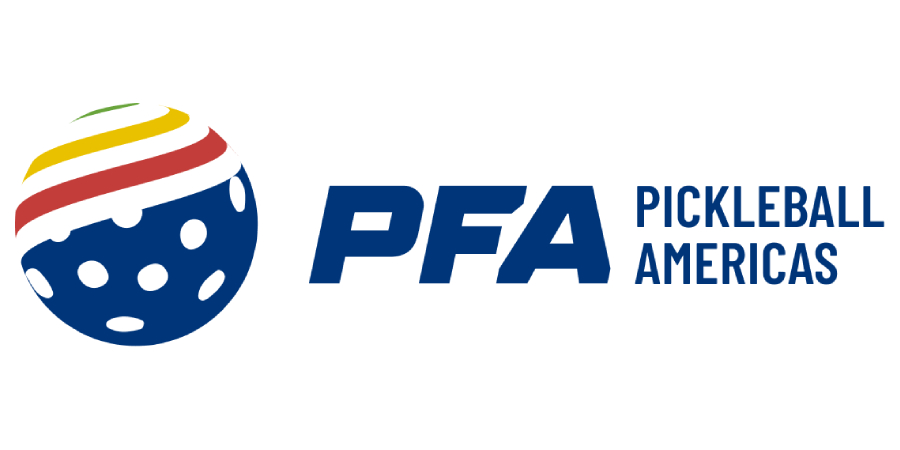Why Brands Should Bet Big on Pickleball
Abstract: The 2025 Super Bowl ad The ULTRA Hustle and high-profile events like Pickleball Slam 3 have propelled pickleball into the mainstream, drawing major sponsorships and millions of viewers. Unlike traditional sports, pickleball is social, accessible, and participatory, allowing brands to connect authentically with both players and fans. From wellness to lifestyle to tech, companies are leveraging pickleball’s rise to reach engaged consumers in a dynamic and community-driven space. With the upcoming Pickleball Cup regional tournament in Cancun and the 2026 World Cup, the time for brands to get in the game is now.
The rise of pickleball is more than just a sports trend—it’s a cultural revolution in sports marketing. What was once a niche pastime has exploded into a global phenomenon, drawing players from every demographic and skill level. It is much more than the numbers. While pickleball is the fastest-growing sport in North America for the third consecutive year, with participation soaring past 50 million players worldwide, for brands, pickleball presents a next-gen marketing channel that goes far beyond a traditional sports audience.
The 2025 Super Bowl was a collective eyeopener. Pickleball became mainstream with Michelob Ultra’s commercial, The ULTRA Hustle, starring Willem Dafoe and Catherine O’Hara. More than just a humorous moment, the commercial highlighted what makes pickleball the it sport. The multigenerational appeal—it’s a sport that brings together players of all ages, backgrounds, and skill levels in a way no other sport does.
Cost vs. Ease
The cost and ease of playing a sport are critical factors in its growth and accessibility. Sports that are expensive and require specialized facilities, such as hockey and sailing, face more challenges in growth due to the high costs of equipment, training, and venue access. While these sports may still thrive in regions with strong institutional support, their overall expansion is often slower and more limited to specific socioeconomic groups. As a result, affordability and accessibility play a direct role in determining how quickly a sport can scale globally.
Sports that are low-cost and easy to play, such as soccer, running, and pickleball, grow rapidly because they require minimal equipment, can be played in a variety of locations, and are easy to learn. These factors lower barriers to entry, makes Pickleball popular among a wide demographic.
| Sport | Cost ($-$$$) |
Ease of Playing (1-5, 5 = Easiest)
|
| Tennis | $$ |
3 (Requires skill & courts)
|
| Pickleball | $ |
5 (Easier rules, smaller court)
|
| Running | $ |
5 (Just need shoes)
|
| Soccer | $ |
5 (Minimal gear, can play anywhere)
|
| Sailing | $$$ |
2 (Expensive equipment, complex skills)
|
| Hockey | $$$ |
2 (Expensive gear & ice time)
|
A New Demographic
Unlike traditional sports, pickleball attracts a unique mix of players, bridging the gap between Gen Z and Baby Boomers. This blend of youthful enthusiasm and seasoned experience makes it a goldmine for brands looking to engage both high-spending Boomers and experience-driven Millennials.
Pickleball isn’t just a spectator sport—it’s participatory. The brand can be the player. The consumer can be the player.
Pickleball offers an inclusive and community-driven platform that opens the door to brands that have historically not aligned with traditional sports. Companies focused on wellness, lifestyle, and social engagement—from tech startups to hospitality brands—are finding a natural fit in pickleball’s culture. This is a sport that values accessibility and connection over exclusivity, making it an ideal space for brands looking to engage audiences in a meaningful, authentic way.
Broadcast Appeal
The increasing broadcast coverage of pickleball is also transforming the sport and its audience. According to a Fast Company article, televised matches are influencing various aspects of the game, from fashion choices to playing styles. This heightened visibility offers brands new avenues to engage with consumers, whether through apparel collaborations or sponsoring televised events that reach a broader audience.
The recent Pickleball Slam 3: The Duel in the Desert, held on February 16, 2025, at Las Vegas’ Michelob ULTRA Arena, showcased the sport’s escalating prominence. Featuring tennis legends Andre Agassi, Steffi Graf, Andy Roddick, and professional pickleball player Genie Bouchard, the event boasted a $1 million prize purse and was broadcast live on ESPN.
The Pickleball Slam 1, 2 and 3 series has proven consistently and significant viewership, with previous early tournaments averaging between 596,000 to 669,000 viewers and peaking at nearly 1 million. This level of engagement underscores pickleball’s expanding appeal and its potential as a lucrative platform for brands aiming to connect with diverse audiences.
The sport’s accessibility and social nature make it particularly attractive for brand integration. Events like June Diane Raphael’s Galentine’s Day Celebrity Pickleball Tournament in Los Angeles have demonstrated how brands can seamlessly engage with consumers. For instance, OS1st‘s involvement in the event highlighted their commitment to player health and style, resonating with both participants and fans.
The Pickleball Cup
At Pickleball Cup, we see this firsthand. Our upcoming regional tournament in Cancun and the 2026 World Cup are poised to become premier global events, offering brands unparalleled visibility in a sport with passionate, engaged players. The opportunity for brands to be part of this movement is now. Those who invest early will be the ones reaping the benefits as pickleball cements itself as a major force in sports culture.
For more info contact info@pickleballcup.com



